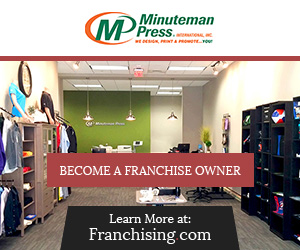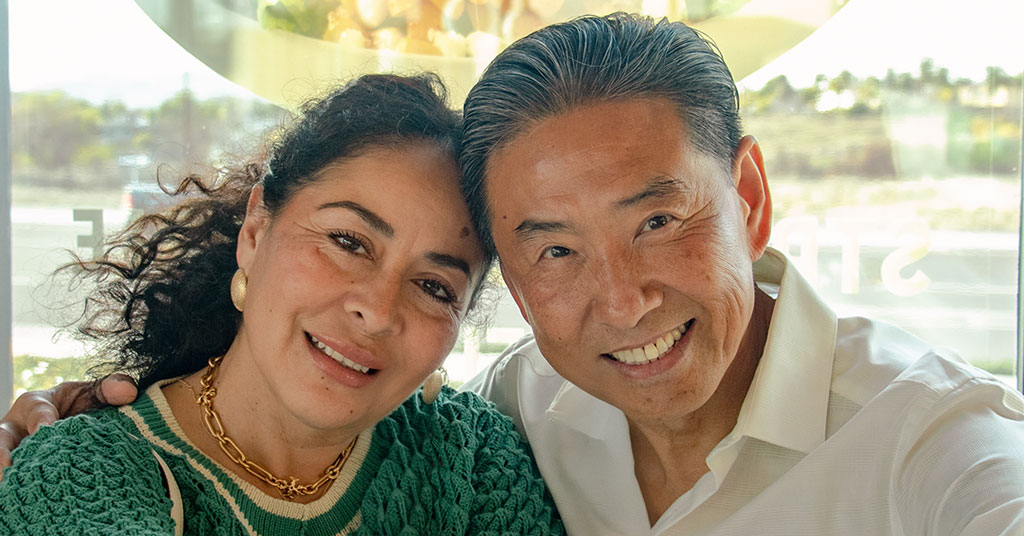Getting in the Game: New Entrants must Pay More to Play

"The secret of getting ahead is getting started." --Mark Twain
Financial and first-time buyers are showing tremendous interest in the franchise space. Yet as they are continually outbid for attractive opportunities, the frustration in entering certain systems may be at an all-time high. Why is this the case? One reason is that to be competitive, they will typically have to accept a below-market return on their first deal. This is also known as the price of first-time entry, a key facet of doing deals known to industry insiders.
At the other end of the spectrum, we have seen consolidation in the big franchise systems in recent years, which has in turn created the "mega franchisee." Why does it seem so easy for these massive franchise operators to continue to grow their holdings, while other prospective qualified buyers struggle to gain entry?
Sitting in the position of a first-time buyer or new entrant to a particular franchise concept can be a huge challenge. Not only do you have to prove you are capable of operating in a new business model, you also have to worry about making the right connections to earn the designation of "legitimate prospect."
Let's assume we have three hypothetical buyers. Buyer A is a new entrant, Buyer B is a small to mid-sized franchisee in the system, and Buyer C is a mega franchisee. Employing hard-earned business savvy, Buyer A made it onto the short list of potential buyers for our hypothetical franchise transaction. Yet why is this buyer still at a disadvantage? What it comes down to is a lack of operating leverage. Lacking an existing operating infrastructure to leverage, Buyer A enters the game down 2-0 from the start. This is where Buyers B and C have a distinctive advantage.
Consider Buyer B. Being a franchisee already in the system provides an immediate advantage over Buyer A. Buyer B is familiar with how this franchise system functions and has the ability to leverage an existing infrastructure and business platform to operate additional stores at a lower cost than Buyer A.
Yet it is Buyer C who typically has the greatest advantage of all. Not only does this buyer have the existing infrastructure and business platform to leverage, Buyer C's organization has grown to a level of operational sophistication where it can run the business at a lower cost, thereby producing higher profit margins, ultimately enabling him to either pay a higher price or enjoy a materially higher return at the same price as Buyer A. This higher return means there is more capital to then redeploy, continuing the cycle. This well-oiled machine of an entity has the ability to take on new stores with very little incremental costs associated with the acquisition. Buyer C has full confidence in exactly what action is needed to integrate the acquisition, having done it many times before.
These factors all heavily influence the purchasing power of Buyers A, B, and C. Buyer A, with no existing business platform to leverage, has very little room to maneuver when submitting a bid to hit a targeted ROI - and is left in a position where the purchase must include the seller's infrastructure and platform of operations. As a result, Buyer A's cost of infrastructure on this transaction will be higher than that of his deal competitors, who can acquire the transaction with a far smaller incremental cost. This ultimately translates into Buyer A submitting a lower offer in order to achieve the returns Buyers B and C can expect.
The net effect is that Buyers B and C can "overpay" by the standards of Buyer A because their forward multiple is much lower than the trailing 12-month multiple. Because of this, Buyer A must be prepared to pay a higher price to secure a market competitive deal. Buyer A's other option is to consider acquiring a business that has more challenges and is therefore less competitive but has additional risk.
At some point, Buyer A must get started, and usually that means paying an above-market multiple to acquire the ongoing business platform. Completing this first acquisition will put Buyer A into a more competitive position for the next deal bid on. This is the cost of entry in the restaurant industry, but it is important for Buyer A to remember that his company has the potential to become Buyer B and even Buyer C in the future.
Dean Zuccarello is CEO and founder of The Cypress Group, a privately owned investment bank and advisory services firm focused exclusively on the multi-unit and franchise business for 25 years. He has more than 30 years of financial and transactional experience in mergers, acquisitions, divestitures, strategic planning, and financing in the restaurant industry. Contact him at 303-680-4141 or [email protected].
Share this Feature
Recommended Reading:
FRANCHISE TOPICS
- Multi-Unit Franchising
- Get Started in Franchising
- Franchise Growth
- Franchise Operations
- Open New Units
- Franchise Leadership
- Franchise Marketing
- Technology
- Franchise Law
- Franchise Awards
- Franchise Rankings
- Franchise Trends
- Franchise Development
- Featured Franchise Stories
FEATURED IN

Multi-Unit Franchisee Magazine: Issue 1, 2016

$500,000
$30,000





 The multi-unit franchise opportunities listed above are not related to or endorsed by Multi-Unit Franchisee or Franchise Update Media Group. We are not engaged in, supporting, or endorsing any specific franchise, business opportunity, company or individual. No statement in this site is to be construed as a recommendation. We encourage prospective franchise buyers to perform extensive due diligence when considering a franchise opportunity.
The multi-unit franchise opportunities listed above are not related to or endorsed by Multi-Unit Franchisee or Franchise Update Media Group. We are not engaged in, supporting, or endorsing any specific franchise, business opportunity, company or individual. No statement in this site is to be construed as a recommendation. We encourage prospective franchise buyers to perform extensive due diligence when considering a franchise opportunity.